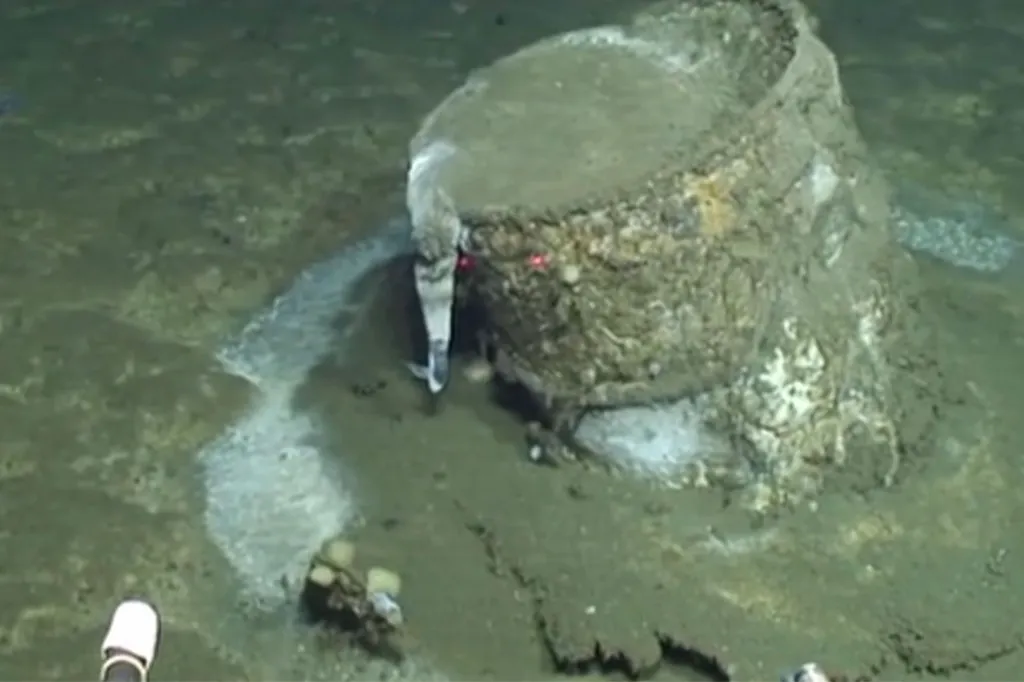A recent study has brought to light a concerning revelation: thousands of rusting barrels resting on the ocean floor near Los Angeles might be holding radioactive waste, sparking worries about environmental contamination.
Initially presumed to contain the toxic pesticide DDT, new findings from a study published in Environmental Science & Technology suggest that these barrels may actually house tritium and carbon-14.
David Valentine, the lead researcher from UC Santa Barbara, expressed the gravity of the situation, stating, “This presents a classic dilemma between bad and worse. The presence of potential low-level radioactive waste on the ocean floor is troubling, but the discovery of widespread DDT compounds adds another layer of concern.”
The origins of these barrels trace back to the mid-20th century when it was common practice for hospitals, laboratories, and industries to dispose of hazardous materials, including radioactive waste, in the ocean. Dumping required permits, with designated areas located up to 150 miles offshore.
Although the exact number of barrels containing radioactive chemicals remains unknown, historical records suggest that over 56,000 barrels of radioactive waste were dumped into the Pacific Ocean on the U.S. side between 1945 and 1970 alone.
While some radioactive isotopes may have decayed over time, scientists remain uncertain about the full extent of hazardous materials present in the barrels.
Ken Buesseler, a senior scientist at Woods Hole Oceanographic Institution, emphasized the irreversible nature of ocean dumping. Once these materials enter the ocean, they cannot be retrieved, underscoring the urgency of addressing the issue to prevent further environmental harm.
The study also revealed a significant spread of DDT pollution in the ocean, impacting marine life and potentially contributing to health issues such as cancer in California sea lions. Unlike the radioactive waste, DDT pollution seems to have been directly discharged into the ocean.
Despite numerous expeditions to the ocean floor, researchers are still working to determine the boundaries of the dumping site. Archived records suggest that shortcuts may have been taken by the company responsible for waste disposal, raising questions about regulatory oversight and environmental protection measures.















































